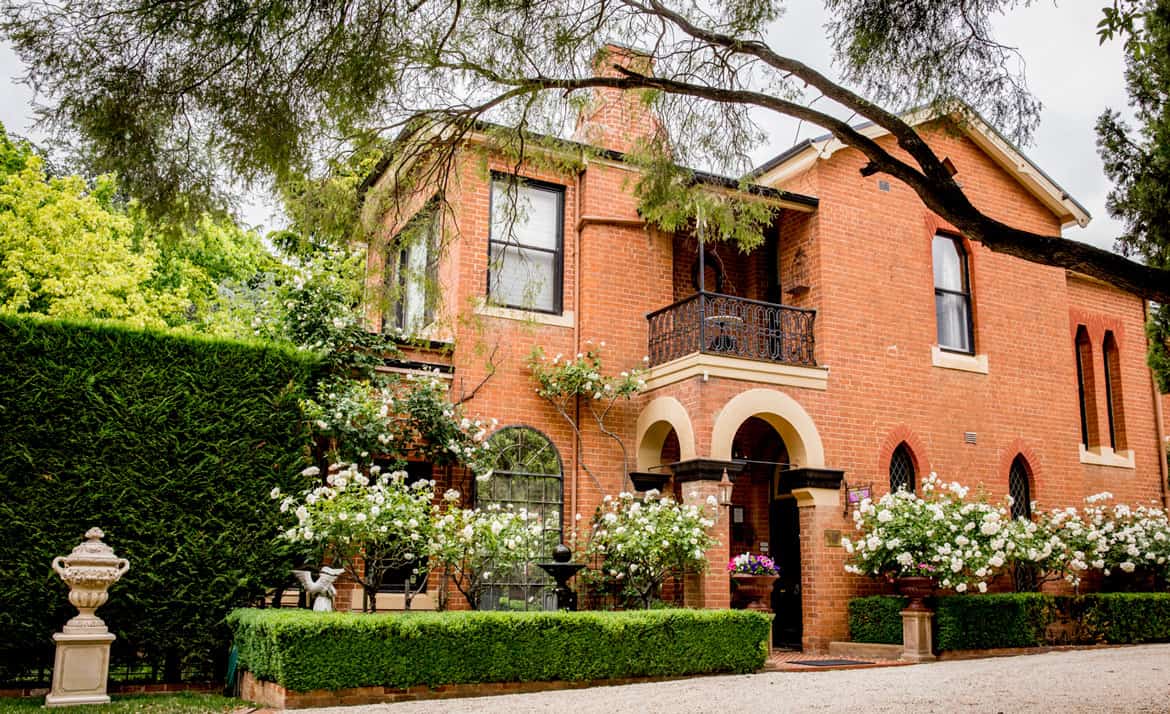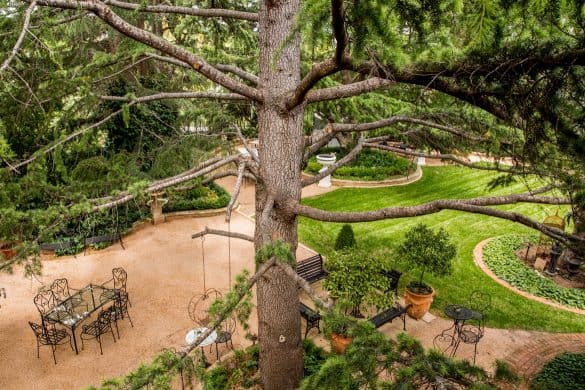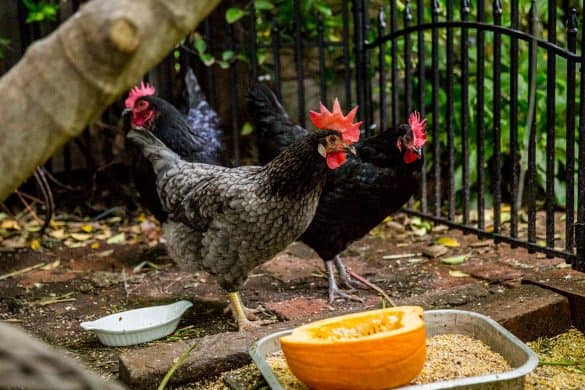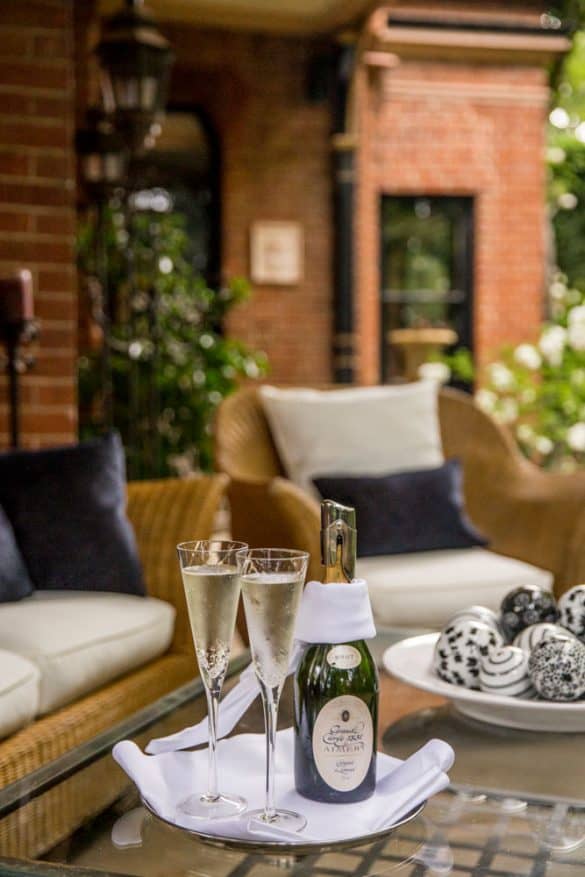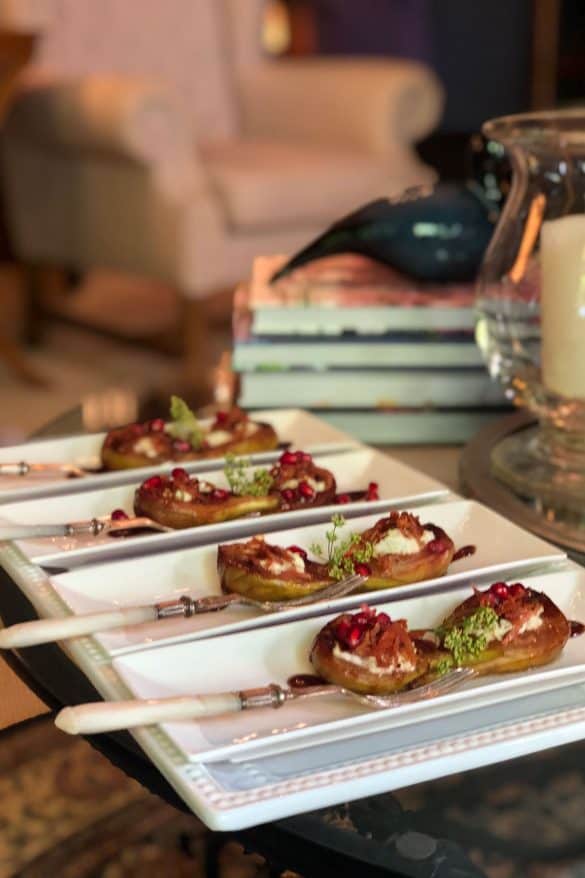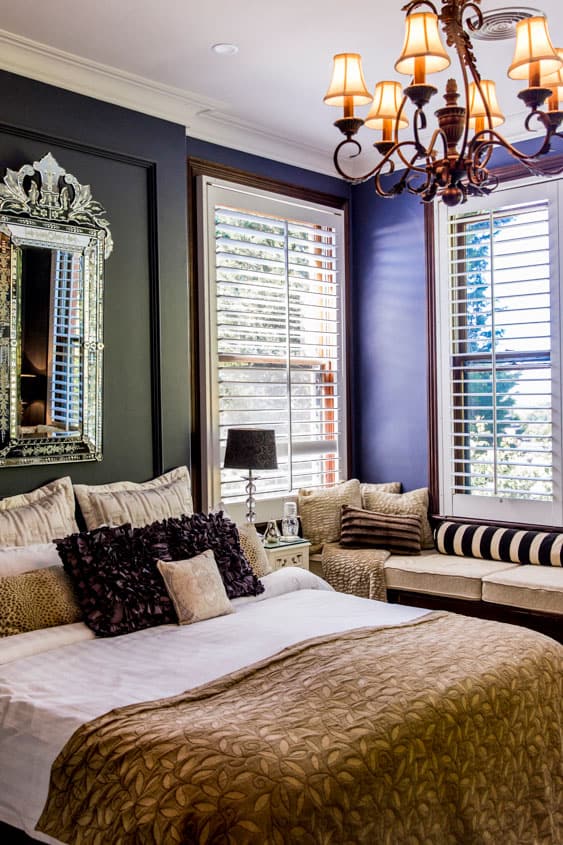Forget racing cars on Mount Panorama; the NSW city of Bathurst is remarkable for its fine dining, luxury lodging and refined culture.
A house is not a home unless there is a cat in residence, and an estate certainly isn’t a castle without a purebred Burmese named Chocolat stretching languorously upon the windowsill as guests sip champagne and nibble on sublime pre-dinner canapes.
Chocolat is the top dog, as it were, at Bishop’s Court Estate, a boutique luxury property in the Central NSW city of Bathurst. But he isn’t the original (21st century, at least) feline inhabitant of this bishop’s former pile; in fact, when owner Christine Le Fevre moved here from Sydney 20 years ago, she brought along her two old Burmese cats, and installed them as lord and lady of the manor. When the last of them – Cappuccino – died, now-regular guests (and owners of the dried pet food manufacturing plant based in the city) lamented the Burmese-shaped hole left at Bishop’s Court by the frothy fellow. The couple “bought Chocolat to make sure we always had a Burmese in the house,” says Christine. He’s since been joined by little Macchiato, a tar-black (and presumably robust) rescue kitten.
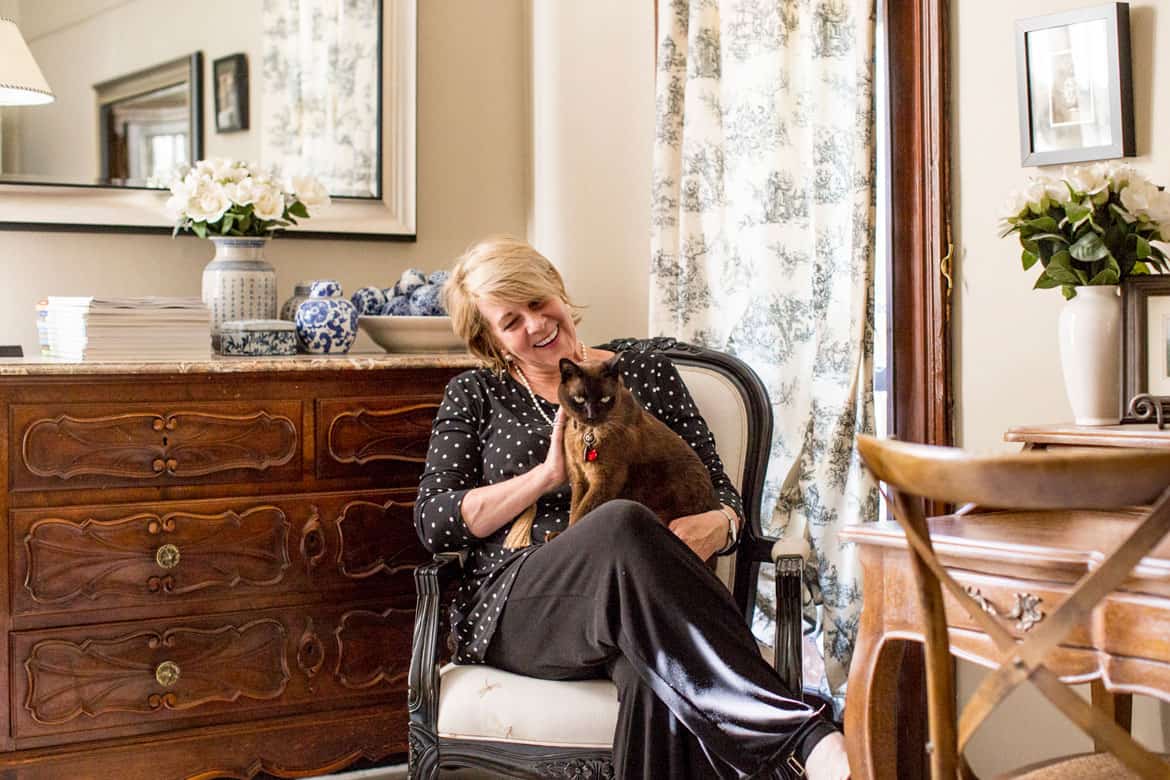
Christine Le Fevre, owner of Bishops Court Estate and Chocolat, the resident feline.
The Secret Garden and the Spice Girls
While the cats (with their silken pelts and café-esque names) attract guests’ immediate attention upon arrival, they must fight to retain it, for there are so many curiosities here with which to fascinate oneself: Victorian architectural flourishes harking to the manor house’s use as a residence for Bathurst’s first Anglican bishop; bookshelves groaning with magnificent tomes; a chapel built in 1908 and now filled the length of its aisle with a long table set with a glittering array of glass- and silverware; an upper terrace balcony overlooking the monumental fir and blue spruce set within an acre of secret garden; and, tucked around a corner, the courtyard veggie garden and the chook pen in which the Spice Girls strut and crow. Their eggs are on the menu for breakfast, of course.
When Christine’s search for a regional property with boutique hotel proportions brought her to this unassuming town a three-hour drive west of Sydney, she was surprised to discover its rich repository of history and culture.
“My friend said, ‘Christine, I found the house’. And I said, ‘Where is it?’ And she said, ‘Bathurst’. And I said, ‘I don’t think so’,” she recalls drolly.
“I didn’t know anything about Bathurst – I thought it was a motor racing town. And that’s what most people think.”
But she was swiftly persuaded otherwise: long before Mount Panorama was turned into a race track and the Bathurst 100 came to town, this region was inhabited by the Wiradjuri people; in 1815, it became Australia’s oldest inland settlement, a food bowl for the colony in Sydney and a gateway for exploration and further settlement in NSW. Today, it is a university city possessed of a fashionable sensibility in its cafes, restaurants and galleries (the Bathurst Regional Art Gallery actively promotes Wiradjuri culture and Australian multiculturalism), and a skyline linking to the past with its church spires and preserved sandstone colonial edifices.
From meat and three veg to a culture of fine dining
One of these buildings is Bishop’s Court Estate, built around 1870 for the city’s first Anglican bishop. Its modern iteration reflects its most recent owner’s aplomb as a former designer of luxury hotel interiors such as Longitude 131; Christine is also an excellent cook, having learned at the knee of her mother, herself an accomplished cook who worked in a French restaurant. But she was shocked, upon her arrival in Bathurst in 2001, to discover there wasn’t much of a culinary culture here, besides a couple of good cafes and the beloved French patisserie started by the French immigrant Le Gall family, Legall Patisserie Café . In need of quality charcuterie and fresh produce with which to supply her hotel kitchen, Christine set about meeting the locals and helping to establish the now institutional farmer’s market.
“And then it got bigger and bigger,” she recalls.
“We did food awards and apprentice chef awards – it was just crazy, we did all sorts of things. Back in those days, we used to do lunch on the Denison Bridge once a year, for 650 people. Then silly me said, ‘We’re going to put a marquee on the bridge for one day – why don’t we do the whole weekend? Why don’t we do a breakfast and a lunch and a dinner?’ And we just made stuff happen, we were just crazy. But that’s what we had to do to develop food culture.’
As expected, chefs, producers and entrepreneurs took up the challenge, and foodie success begot foodie success; slowly a food culture developed – a mushrooming of cafés, providores, wine bars and fine dining restaurants fitting of clientele such as those checking into Bishop’s Court Estate.
Among Christine’s repeat guests are the descendent of the man for whom this city was named, the current Earl of Bathurst, and his wife, with whom Christine has become fast friends. In their forbear’s namesake city, set out on the golden plains of the Australian hinterland, the couple has found a manor, of sorts, tucked into a copse of fir and spruce, complete with aristocratic flourishes and a Burmese cat with a French name that’s good enough to eat. TTW
Photos © Zora Regulic and Bishops Court Estate. Catherine Marshall was a guest of Bathurst Regional Council and travelled with assistance from NSW Central West. More at Bishop’s Court Estate, Visit Central NSW and Bathurst Region.

